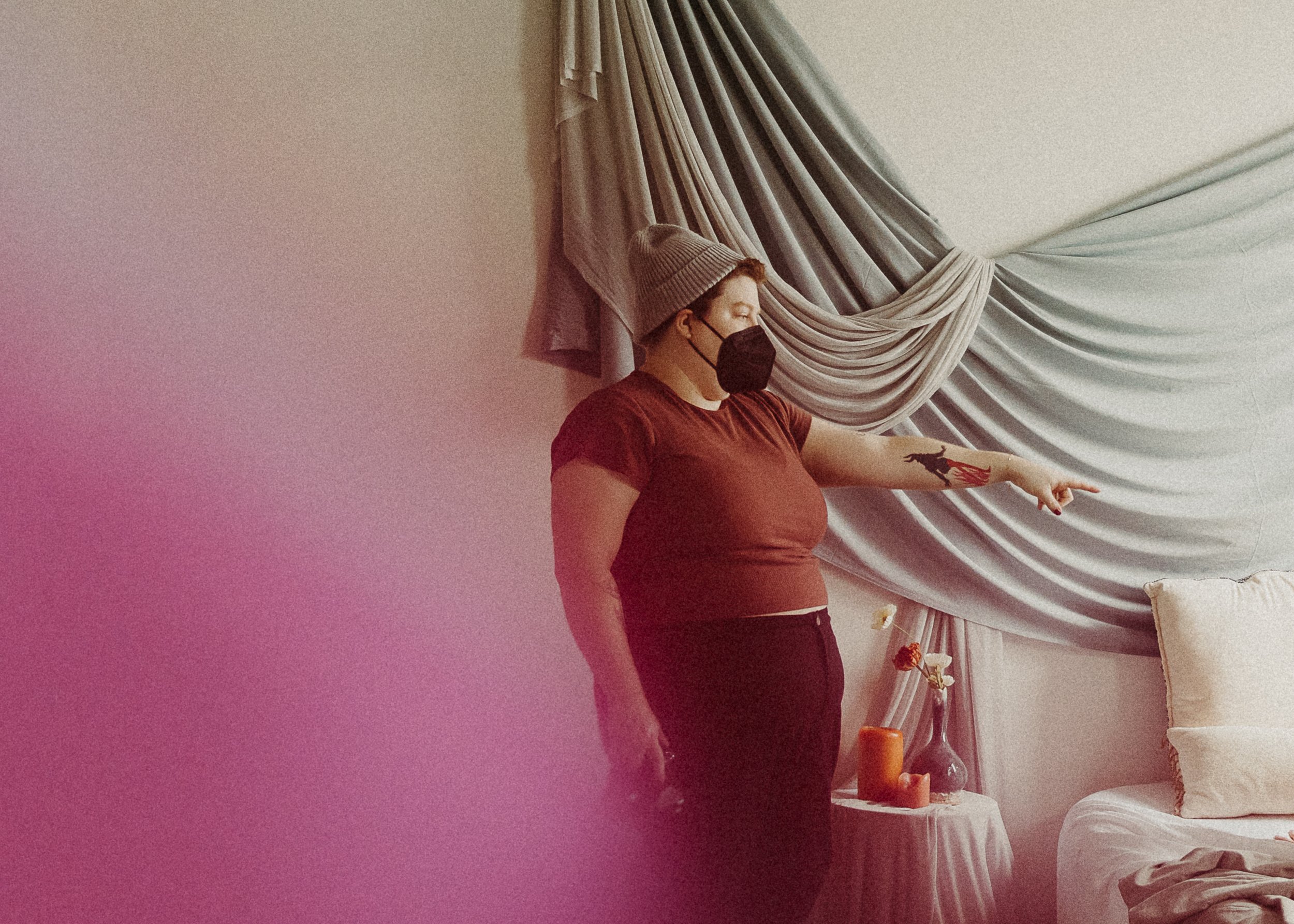Consent beyond touch
Photos by Golden Folk Photo
Something truly excellent I’ve seen lately is the number of photographers promoting consent. No doubt it’s important for our clients to feel that we have consent in mind when photographing them, but let’s take it one step beyond asking “may I touch you?”.
WHAT IS CONSENT?
The first time I heard the word “consent” was not from a parent, mentor, or friend, but from my high school sex ed teacher. By associating the concept of consent exclusively with sex, I missed the opportunity to understand a major part of setting boundaries within all kinds of relationship dynamics. At its core, consent is about communication, but it’s also about empowerment and negotiation in our day-to-day lives.
Scarleteen defines consent as: “To agree to do something or give permission. In the context of sex, a person is giving full consent/is consenting when they freely and actively agree to do something sexual with someone else; however, the person still has the right to change their mind at any point. A person is NOT consenting if they do not actively agree, have been forced or pressured in some way or are in a state where they are incapable of full consent (such as when asleep, under the influence of drugs or alcohol, or below the age of consent).”
In short, consent goes beyond just “asking for permission”. It is a consistent and fluid negotiation between two or more parties that are engaging in an activity together.
SO HOW DOES THIS RELATE TO PHOTOGRAPHY?
As a human-centered photographer operating with a trauma-informed lens, it’s extremely important that I do my best to make sure my clients feel as empowered as possible - with all of their decisions - before, during, and after their session. Being photographed can be extremely vulnerable - and for many stepping into my space - a totally new experience. It’s important for me to show them that their comfort and choices are valid and consistently demonstrate that communication is a priority.
Asking Before Touching, Assisting Through Touch, or Not Touching at All
I think we can all agree that asking for permission before touching a client is extremely important. But what if you could minimize or completely eliminate touching your clients during sessions? There are infinite variables that could determine whether or not touching a client(s) is necessary during a session. For instance, clients who are deaf or hard of hearing, or clients who have difficulty getting up and down off the floor, touch and physical guidance may be more necessary. In these instances, check in with your clients about what could make moving around the space or participating in a session difficult for them.
I have found intake forms and pre-session questionnaires really helpful for allowing the client(s) to feel comfortable sharing about their needs and mobility from the comfort of their own home and not feeling pressured by answering face to face. Before deciding whether or not to touch a client, take a moment to ask yourself how necessary it is - is this something that could be communicated and resolved through verbal or visual communication? I always default to verbal and visual guidance first, and then, if the client(s) is still having difficulty with the direction, adjusting (clothing, hair, etc.), I will ask if I can assist through touch.
Lastly, ALWAYS have an open dialogue before the session about your clients’ comfort level with being assisted through touch and explain the scenarios where it may be necessary.
Language
Unless I know the client(s) well, or they have been explicit about their intentions/desires for the session, I choose to ask clients how they feel about certain language during a session. During boudoir sessions, terms like “sexy”, “hot”, or “spicy” might not be for everyone. I personally have a hard time hearing these words as descriptors for myself.
The best way to learn about what types of language your client(s) might want to hear? Just Ask! Before every session, I chat with my clients about how they are feeling, how the session will go, check in about their questionnaire answers, and how they feel about certain language. I explicitly ask “How do you feel about me using words like ‘x’, ‘y’, or ‘z’ throughout the session?” I then adjust my language and word choices based on their answers. I usually default to using gender-neutral, non-sexualized, empowering language with words like “embodied” or “powerful” during the session.
Photo Releases, Sharing Images + SOCIAL MEDIA
Legal documents and contracts can feel overwhelming for some clients. If your contract includes a full photo release (approving for photographers to use any/all of the photos taken during the session in their marketing materials and on social media), be transparent about that. Including a full release in contracts is common for weddings, engagement/couples sessions, and portraits, but the client(s) should still be informed about how/where these photos might be used.
Additionally, fill them in on how you censor images if necessary (i.e. - If I use the approved image on social media, it will be censored in this way if needed. If I use the approved image on my website, it will not be censored).
There are very few situations where I include a full photo release in contracts with clients, and when I do, I let them know before they read and sign the contract. Otherwise, my clients are under no obligation to allow me to share any of the photos from their session. Should they allow me to share some of their photos, they choose which photos are approved for me by “flagging” the photos in their gallery. This gives them time and space to sit with the images before deciding whether or not they consent to my sharing their images.
Furthermore, I don’t take a client(s) tagging me in a photo as consent to share that photo on my pages because sharing the image does not give me permission to do the same. For this reason, I always default to only posting what they approve through their gallery site.
There are many reasons why a client(s) would choose not to be tagged or named on social media/in marketing materials and all of them are valid. Unless I know the client(s) well, or they have given me explicit permission to do so, I won’t tag their social media accounts or mention them by name when sharing. After they “flag” the images approved for sharing, I will email or message them to ask how they’d like me to handle tagging them. I also make it very clear that they are not expected to say yes to a tag or my mentioning them by name.
Intake Forms and Questionnaires
I LOVE clarity and transparency. As someone who feels a burning need to be as in control and informed as possible before entering a situation, intake forms and questionnaires are my best friends. Intake forms and questionnaires contain a lot of useful information for both the client(s) and myself. It’s also an opportunity for them to answer some questions that they might not feel comfortable answering face to face.
For instance, on my pre-session questionnaire for boudoir sessions, I ask about comfort with different levels of nudity by selecting an option through the following question and answer options:
Are you interested in being nude during part of your session? (please choose one)
Absolutely! I'm open to full nudity.
Yes, but topless/bottomless only.
Yes, but only implied nudity (covered with fabric or blanket)
Maybe? Let's revisit this question during the session.
No thank you, but if that changes I will tell you during the session.
No thank you, and please don't ask again.
Having these answers available for them to select prior to the session helps me to facilitate the session based on their comfort and choice, and eliminates pressure associated with answering this question face to face.
Don’t Make Assumptions
Consent is not static, not unchanging, and not something to be assumed. Please keep in mind that consent is fluid, and the client(s) should always feel empowered to say “yes”, “no”, or change their answer no matter how many times they have said “yes” or “no” during the session. Asking the same question over and over might seem over the top, but it is absolutely necessary to the empowerment and well being of the client(s).
Additionally, you are not here to fit your client(s) into a box. Do not make assumptions about how the session should or will go based on their career, skin tone, religious affiliation, sexuality, gender, or style. People are not a monolith and they aren’t engaging in a vulnerable experience like this just to be treated that way. The best way to understand how to empower your client(s) is to take the time to get to know them, and COMMUNICATE.
WANT TO WORK WITH ME?
I offer complimentary video or phone consultations to folks who are curious about booking, or have already booked and want to learn more about the experience. There is NO PRESSURE to book a session in order to schedule a complimentary consultation. Does this sound right for you? Book your Complimentary Photography Consult with me here.
Feeling ready to take the leap and book your session? See my Session Packages and Pricing and then Book Your Session.
Have more questions? Contact me at devondadoly.photo@gmail.com
PLEASE NOTE: My blog posts are written from my personal experience as a boudoir photographer who uses Therapeutic Photography techniques and Trauma-Informed Photography methods in my work. My methods and opinions may expand and change overtime. I am not a mental health or medical professional, nor am I a licensed counselor. I am not certified by any institution or organization to give medical and mental health advice.
ABOUT THE AUTOR: Devon Dadoly (she/they) is a therapeutic photographer and multidisciplinary artist who specializes in body affirming intimate boudoir and portrait photography. Devon is an outspoken advocate for the fat acceptance movement, destigmatizing addiction, and uses a trauma-informed approach when working with clients. They have over 8 years of experience working with and photographing folks in recovery from addiction, sexual trauma and eating disorders.




